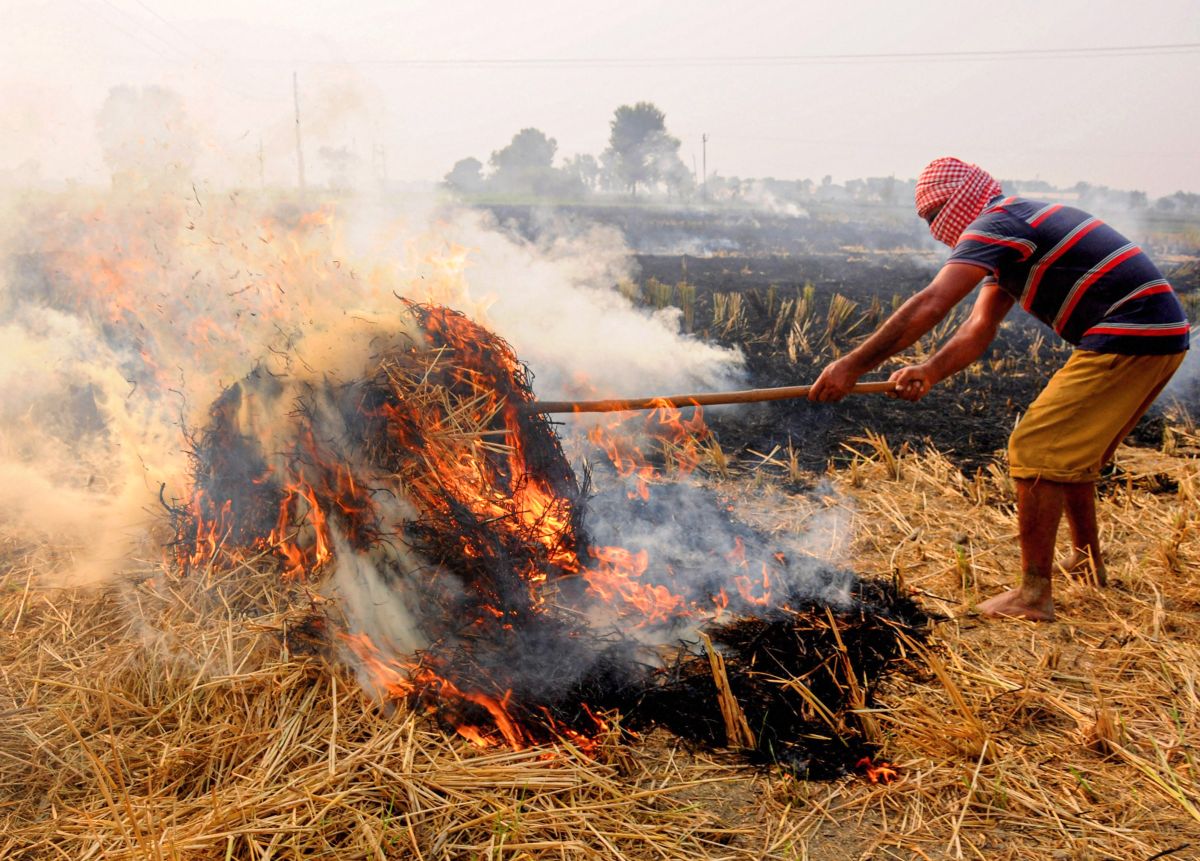

The belief underlying this body of suicidal practices (termed altruistic by Émile Durkheim in his 1897 classical work Le suicide ) is that the deceased will enjoy the same goods and services in the beyond as he had on earth. These people sacrifice themselves (individually or en masse) in the course of the obsequies of a higher-ranking person -a ruler, master, or husband. Placed in a broader context, widow-burning is but one among a variety of forms of funerary ceremonial, found in many parts of the world, that involve the voluntary death of certain categories of survivors. Through her sacrifice, the sati preserves the bodily and spiritual unity of the couple, affording the Hindu sacrament of marriage its ultimate and truest expression. The Sanskrit language knows of no specific denomination for the practice and instead resorts to periphrastic and euphemistic expressions like "going with" and "dying with," when the widow is burned on the same funeral pyre as her husband, or "going after" and "dying after" when she is burnt on a separate pyre, these being the two major facets of the rite.Īlso noteworthy is the fact that according to the Hindu belief system, the sati dies as a wife, eschewing the ill-fated, ominous, and impure state of widowhood: The "eye of faith," combined with the "belief effect" of the ritual, makes the joint cremation of husband and wife appear to onlookers (and as far as one can tell, to the sati herself) to be a reenactment of their marriage ceremony. It was the British who, at the close of the eighteenth century, officialized the confusion, expressed by many travelers before them, between the immolated woman and the sacrifice of widows. In any case, it never referred to the rite or custom of widow-burning. The original meaning of the Sanskrit word sati was simply "faithful wife" only later was the term applied specifically to the woman who immolated herself. Although death by fire has been the prevalent form of the ritual, cremation being the most common type of disposal of the dead among Hindus, sati could take the form of widow burial whenever the caste or community of the deceased called for it, as for example with the Jogi weavers of Bengal, or with the Jasnathis of Rajasthan, a lost branch of Ismaili Muslims who have reconverted to Hinduism.

Widow-burning is but one of a wide range of religious rituals implying self-mutilation and self-sacrifice observed by Indian men and women alike. For instance, a combination of external factors such as cholera epidemics and local customs, like the unbridled polygyny of Kulin Brahmans, might account for a portion of the 8,134 cases recorded in the Bengal Presidency alone between 18. Several reasons explain the high numbers logged in certain periods and regions of the subcontinent. Sati was never a universal practice in India, even though the earliest statistics recorded by British officials in the late eighteenth and early nineteenth centuries were at times quite remarkable. The nationwide trauma that followed this incident and the media coverage it received (in contrast to the relative indifference shown to the other cases) led the federal government to take legal action, issuing the Sati Commission (Prevention) Act a year later. Although the number of women who have committed sati since that date likely does not exceed forty (with thirty in Rajasthan alone), an infinitesimal percentage of the female population, the reactivation of the practice has had considerable social and political impact, especially in the case of the "Deorala affair" -the burning of a young Rajput widow named Rup Kanwar in Rajasthan in September 1987. Since India's independence in 1947 -or more precisely since 1943 -there has been a spectacular revival of the phenomenon in four Northern Indian states: Bihar, Uttar Pradesh, Madhya Pradesh, and especially Rajasthan, a former stronghold of sati. It was banned by British colonial law in 1829 –1830 and survived in the native Indian states until the late 1880s, when it was effectively eradicated, although extremely rare cases persisted into the early twentieth century. The burning of wives on the funeral pyres of their husbands, widow-burning, commonly known as sati ("suttee" in English), has been practiced in India since at least the fourth century b.c.e., when it was first recorded in Greek accounts.


 0 kommentar(er)
0 kommentar(er)
